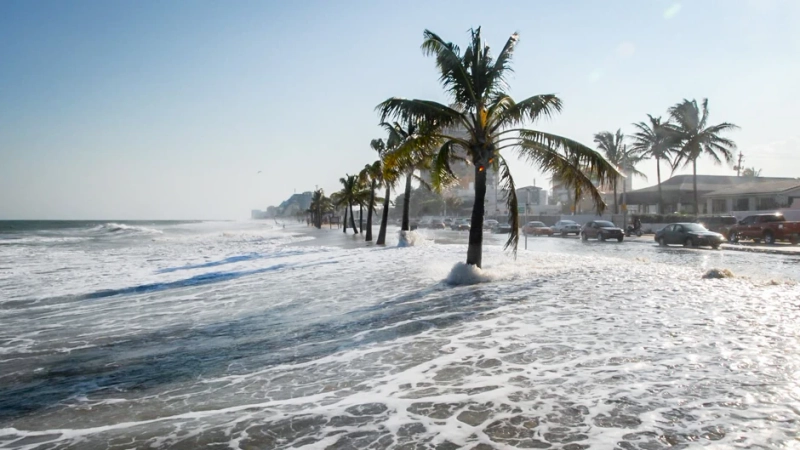The rising sea level is one of the biggest concerns of the 21st century. The problem is that global warming is melting the polar ice caps, leading to rising sea levels.
But the tragedy is that the world’s biggest polluters throughout the centuries are the large countries that have gone through several waves of industrial revolution. This progress makes them the biggest carbon emitters in the world.
Now the small island countries are on the verge of facing the consequences of rising sea levels. Therefore the global community has come together to derive a solution. Here, we provide a few ways to stop the rising sea level.
Invest in Flood Barrier InfrastructureIn their forum, the global community should address the need for infrastructural requirements in island countries that are flood resistant. It is essential to elevate critical engineering equipment of the state and make buildings and other requirements floodproof.
Several governments can come to a consensus about the mode of payment and how they can support these small nation-states with financing.
Plan for the Impacts of Climate ChangeGovernments can strategize on how to develop a concurrent climate change which will deal with the impacts of climate change and will try to reduce the impact of it.
Government can bring tax breaks to organizations shifting towards carbon-neutral business. It will provide incentives to the companies to follow suit. It can promote the manufacturing of renewable energy.
The government must have a rehabilitation plan for those who reside in high climate change impact zone.
Restraining the Use of LandThe land can be used judiciously, and modern architecture and engineering marvels are required to accommodate a large population in a small space. Singapore has done this at a near-perfect scale.
The wetlands and the marshlands must be filled with trees again, indigenous to that region. It will help to prevent floods and will help to tackle the rising sea levels.
Upgrade the Water Treatment FacilitiesThe water treatment plants must be built to purify seawater and send it to the city centres for consumption. This improvement can reduce the burden on freshwater reservoirs.
The sewage system must function, and new engineering needs must be there to convert those into biofuels or alternative materials.
Upon discussion, these island countries can get help from various organizations working on creating energy out of waste.
Use Renewable Energy Across the Supply ChainLogistics and distribution are also among the top contributors to pollutants. The UK government has brought “Procurement Policy Note 06/21” (PPN 06/21), which aims to look after government contracts to reduce carbon emissions.
Here the government will look for various logistical and supply needs and award the contract to those who can do with the least emissions.
Government contracts are of high value, and a shift in the government’s procurement policy can force businesses to adopt the “greener route”.
Following a few steps can hugely help the coastal countries plan to sustain their nation-states and eliminate the fear of submerging.


